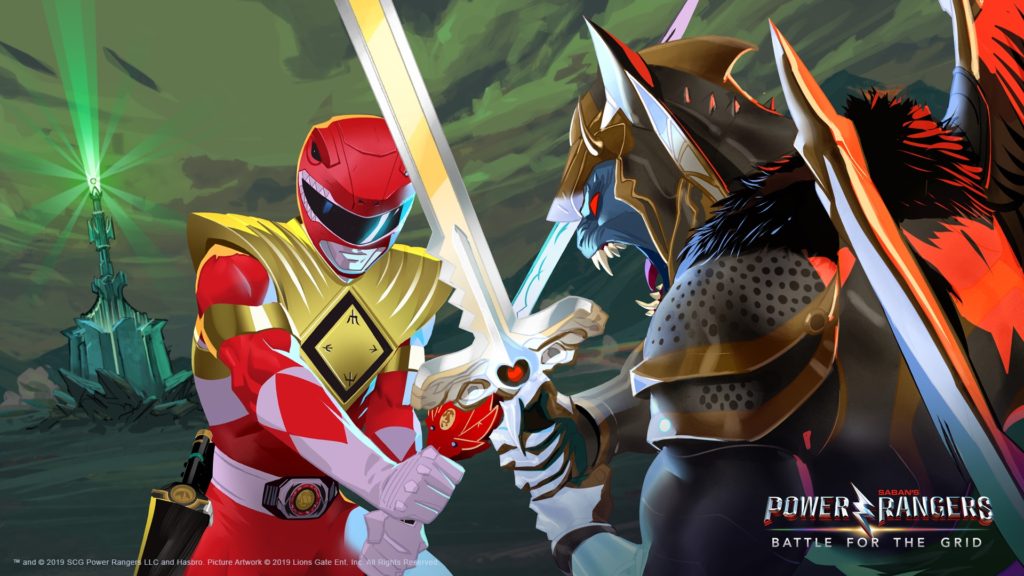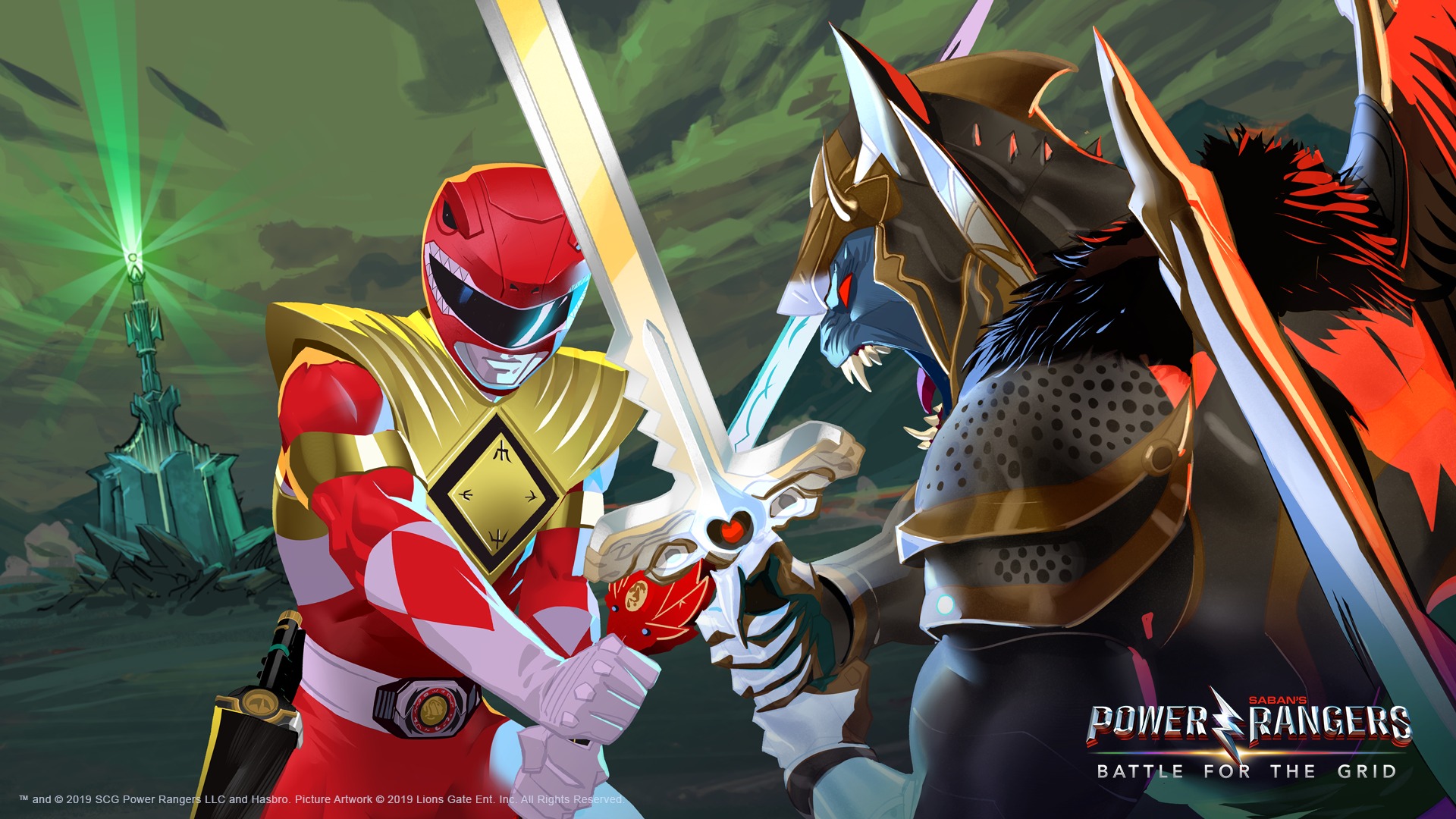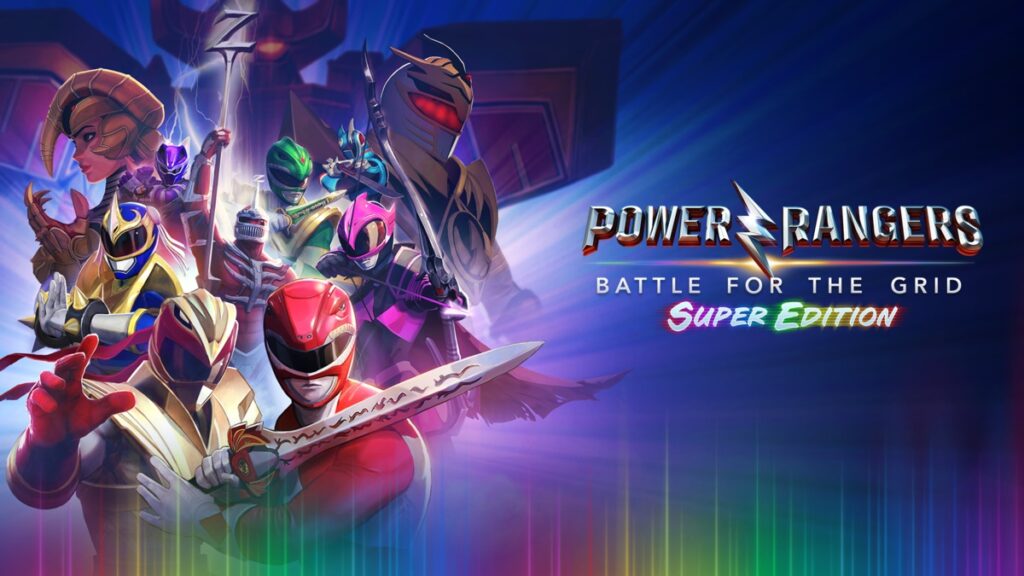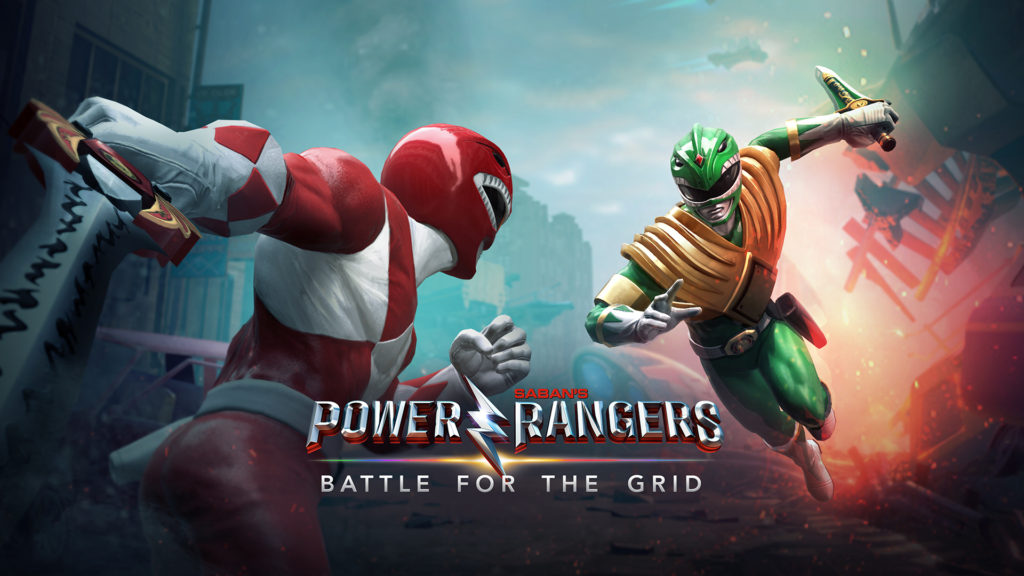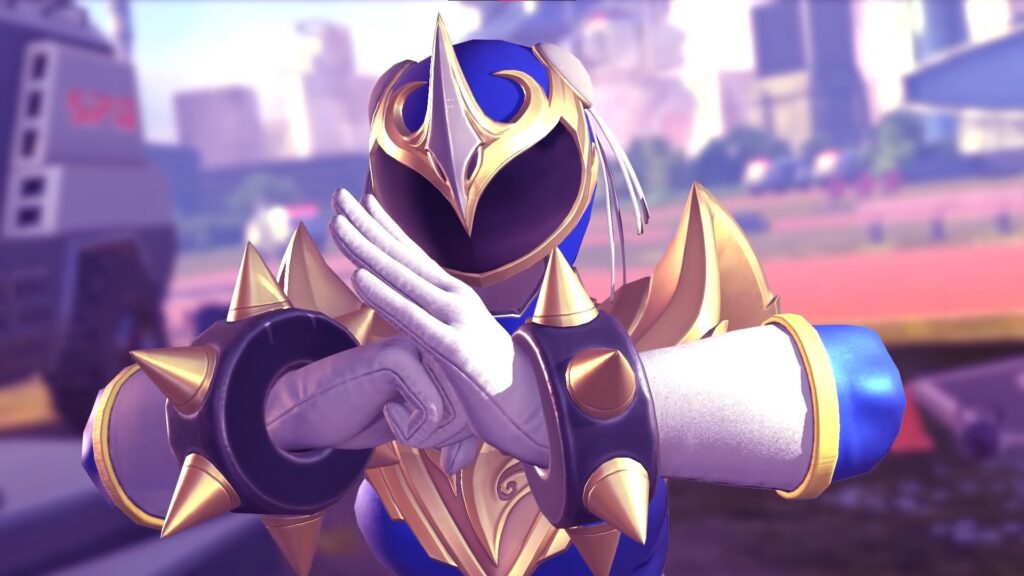Power Rangers: Battle for the Grid is a 3D fighting game with tag mechanics. The game pits rangers and villains, past and present, against each other in team battles. Players can choose to play the game solo in the arcade, before diving into local versus or online play. The bulk of the experience seems to lean towards online as the game comes ready with a ranked mode and leaderboards.
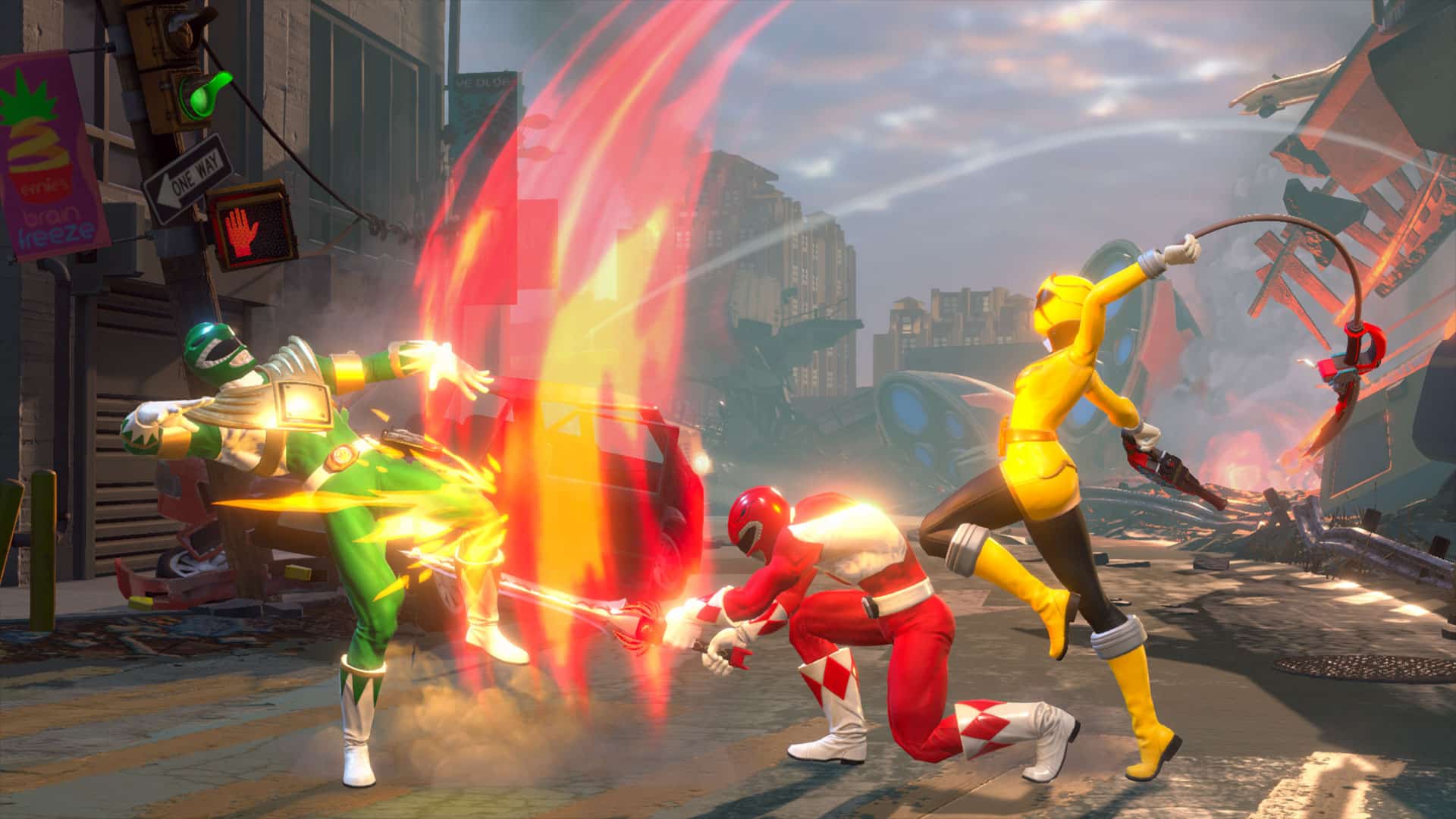
Players choose 3 characters at the start of a match. The match ends when all 3 characters of a team are knocked out. Swapping characters out mid-fight allows characters to passively regen an amount of lost health. Effectively, resting them for their inevitable return.
The controls for the game are pretty much on par with what one would expect in a typical fighting game. Square is for light attacks, triangle for medium attacks, and circle for heavy attacks. The X button is reserved for special attacks unique to each fighter’s style. The simplicity of the combat system allows for most combinations to work with ease. With a bit of practice and some help with online guides, players can pull off some pretty amazing combos. For all its simplicity, the combat system is quite deep.
Pressing triangle and circle at the same time allows the player to throw a grapple. It comes in handy especially if the opponent is always on the defensive. Landing attacks fill up the power meter. There are 3 bars in total, and depending on how the player chooses to use them, the quick burst of energy can quickly turn the tide of the round. For instance, the player can use 1 bar to execute a charge move that might be fast to counter. Or they can choose to spend 2 bars on a powerful finisher that nearly guarantees the loss of a significant chunk of HP.
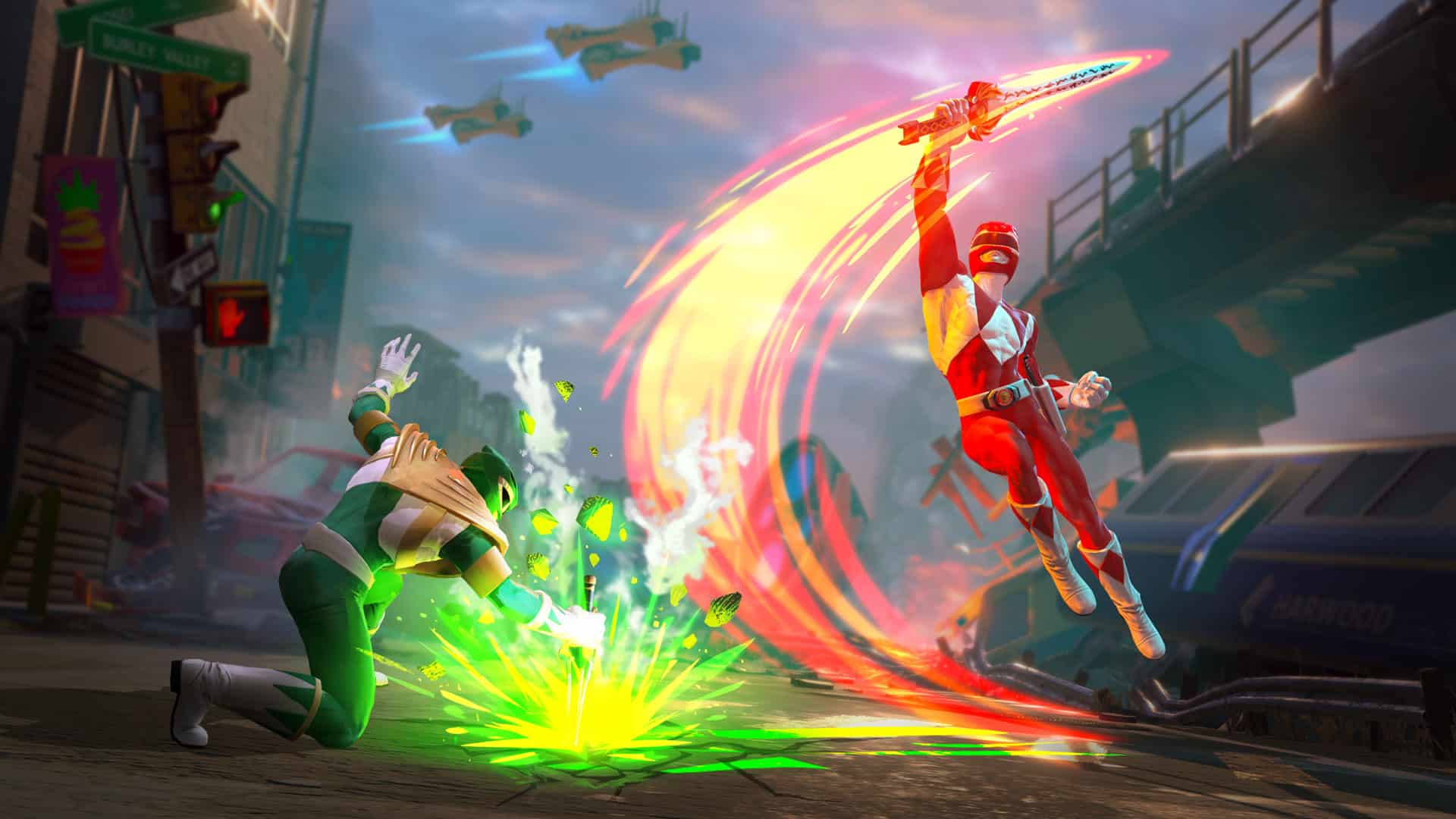
The tag system is one of the game’s highlights. It is possible to juggle opponents for longer with a well-timed assist. Players may also opt to tag-in during a combo to maximize damage. Though, it will take some practice to pull off some of the more fancier tag-ins.
Each character brings something unique to the table. The typical archetypes are present like the brawler and the heavy hitter. But it seems all the more fun when each fighting style is attached to a specific character. Let’s take Goldar, for example. What he lacks in mobility, he makes up for it by having some of the most damage potential in the game. You don’t want to be cornered by this powerhouse if you can help it. It is a complete contrast to Kat’s lightning fast combat style that lacks any sort of power moves. But the ease at which she is able to string combos together makes up for the lower damage.
Usually, the strength of a fighting game rests entirely on its roster of characters. In the case of Power Rangers, the base roster of 9 fighters is a solid starting point for any fighting game. As of patch 1.02, 3 new characters have been added to the roster. Rangers Udonna, Dragon Armor Trini, and Cenozoic Blue Ranger join the battle for the grid. Udonna is the Mystic Force White Ranger. She uses ice magic to force enemies to a defensive posture. Dragon Armor Trini is a brawler/grappler hybrid who does a lot of damage with combination attacks. The Cenezoic Blue Ranger charges up his attacks. The more charge he builds up, the more powerful his attacks become. Their timely addition to the game ushers in the game’s official story mode
The first thing any player will notice is the lack of voice acting. The loss is even more evident during arcade more – as crude text box one-liners completely remove players from the immersion of the game. In fact, the arcade is so underdeveloped that there are no unique fighters to the mode.
Story mode consists of Acts telling the story of Lord Drakkon and his continuing conquest of the Power Grid. One by one, the Ranger teams fall. Until a brave few decided to band together and rescue the surviving Rangers. The story covers both sides of the conflict with the player taking control of units on either side. Currently, there are only 12 chapters in the story. But a cliffhanger ending suggests that more Acts will be added to the mode in the future. The cutscenes are fully voiced and the comic book art-style fits the game very well. Similarly, it’s almost like watching a Power Rangers Movie play out, or a long mini-series.
The arguments for small fighter pool go both ways since a smaller roster means that there are fewer fighters to choose from and even less fighters go meta. On the other hand, it is much easier to balance the game and the developers can focus on individual play styles. Unfortunately, the lack of a truly in-depth Practice mode hurts the game overall as discovering character attack combinations practically need the help of the community.

When the game first came out, there was a distinct lack of combat voice acting on the part of the fighters. Version 1.02 includes combat voice-overs by the actors from the show, but it covers about a dozen lines of dialogue. As with everything in this game, the novelty wears off pretty quickly after hearing the lines for the Xth amount of time.
With all the changes to the game, it seems it still doesn’t much in the way of unique battles in both story and arcade. Players can go through the arcade with the new characters, and their only reward is still another banner to put on your profile. Story mode sees the player battle lots of Mastodon troopers. Unfortunately, brainwashed rangers still fight like their regular selves and a new Lord Drakkon fights like regular Drakkon. Honestly, It’s a bit disappointing. But at the same time, I couldn’t put down Story mode because I still wanted to know what happens next in the story.
Arcade mode consists of 7 matches of increasing difficulty. The problem with the mode starts to become apparent when one realizes that all 7 stages use characters from the current roster with multipliers to their health bars. Indecently, rounds are so forgiving that a loss will instantly restart the match. This may also work in the game’s favor as the easier fights allow players of all skill ratings to experience the game from start to finish. It’s a small comfort considering that the alternative is having a mini-boss battle leading up to a truly grueling final boss.
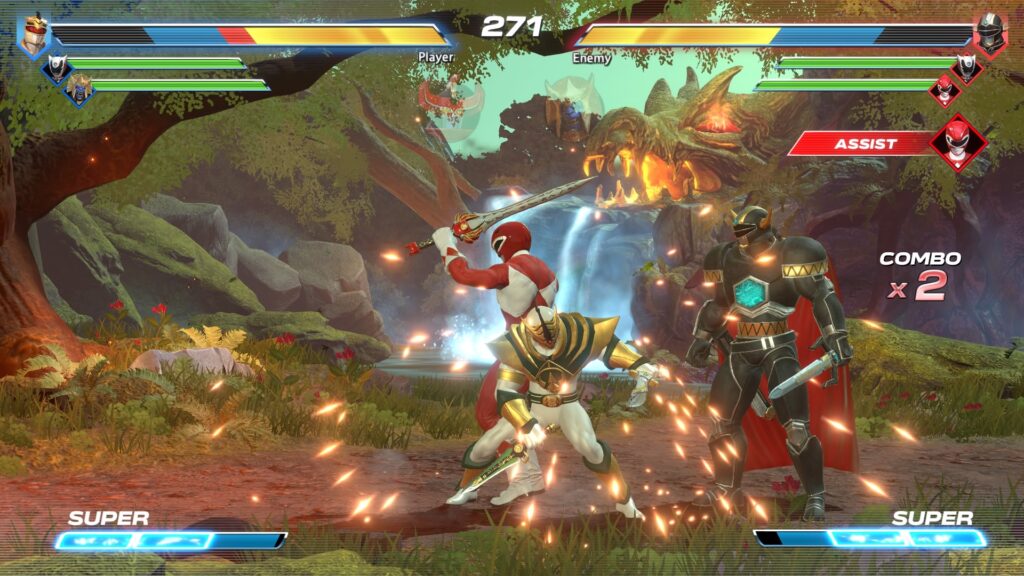
If you are a fan of the Mighty Morphin’ Power Rangers back in the day, this might be fun for a couple of rounds. In other words, the nostalgia will be long gone before you master any of the fighters. For fighting game players, this might actually be one of the more underrated games to try out. The amount of effort put into the fighting mechanics speaks volumes of the team’s knowledge of the genre. Unfortunately, the graphics and sound design of the game are in need of an overhaul, in order for the game to truly succeed.
The recent Version 1.02 patch is one big addition to the game. Apart from adding 3 new characters and 2 new arenas, the combat voice acting is one best thing they could have added to the game. Power Rangers: The Battle for the Grid is a mechanically enjoyable game. It’ll appeal to a wide audience – young and young at heart. The combat is enjoyable for newcomers and also hides some deeper mechanics that might appeal to die-hard fighting game enthusiasts.
This game has a way to go still before it can properly say that it’s a complete game. Though shows of progression are there. Ultimately, it’s up to the game’s community to continue supporting it. And the developers to further improve upon it.
Disclosure: This review is based on a review code provided by nWay. Read our review policy to know how we go with our game reviews.
Tested on: PS4



